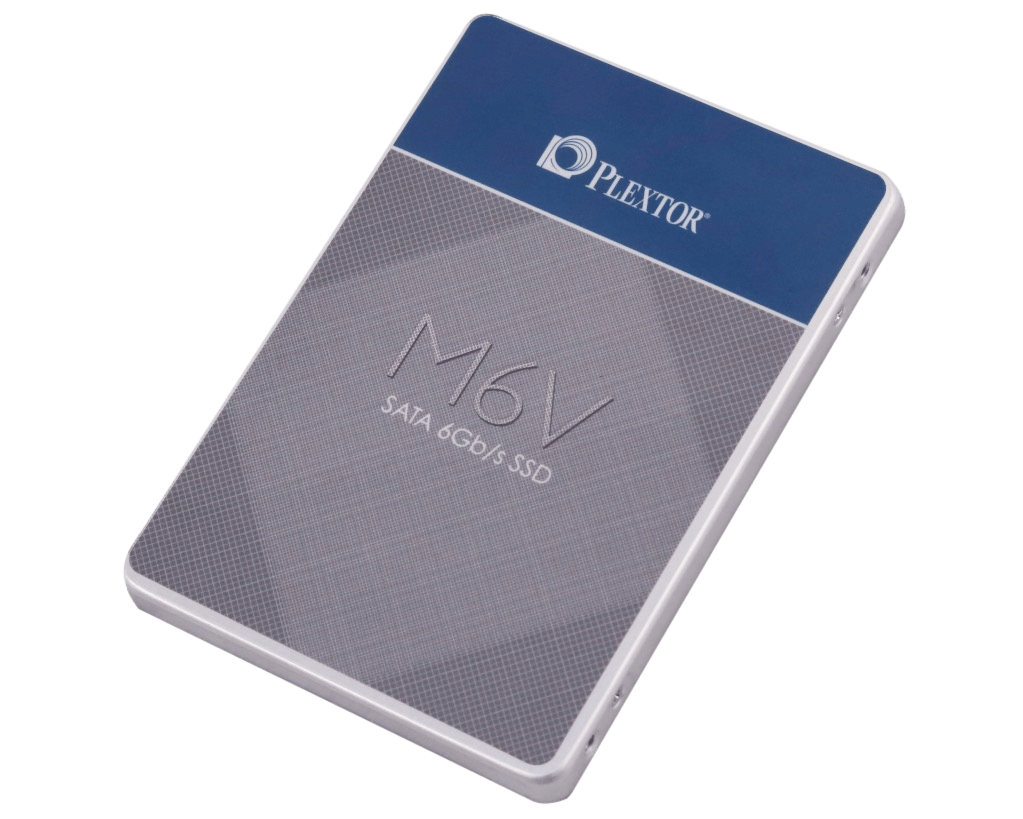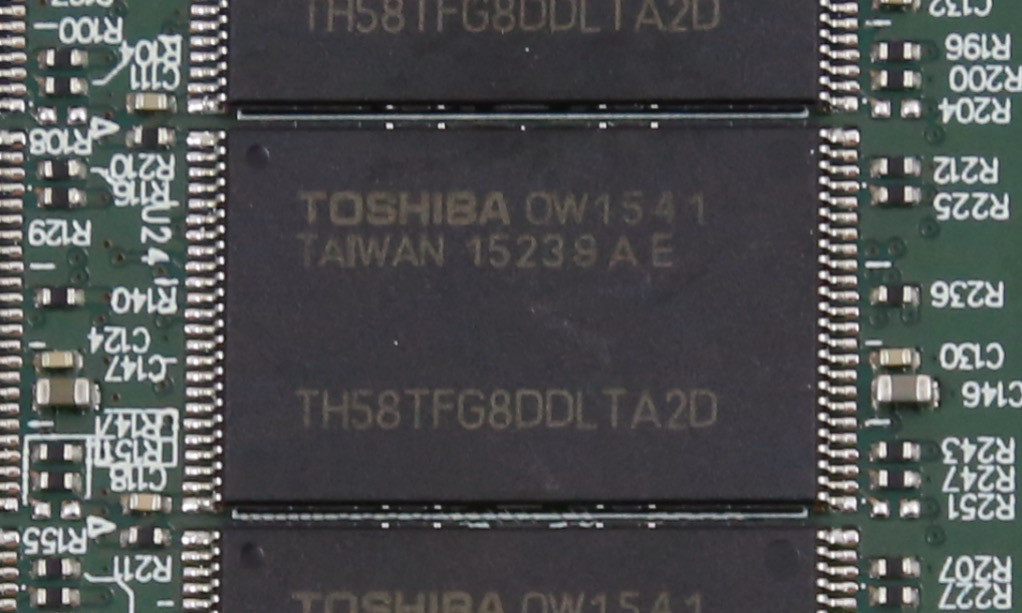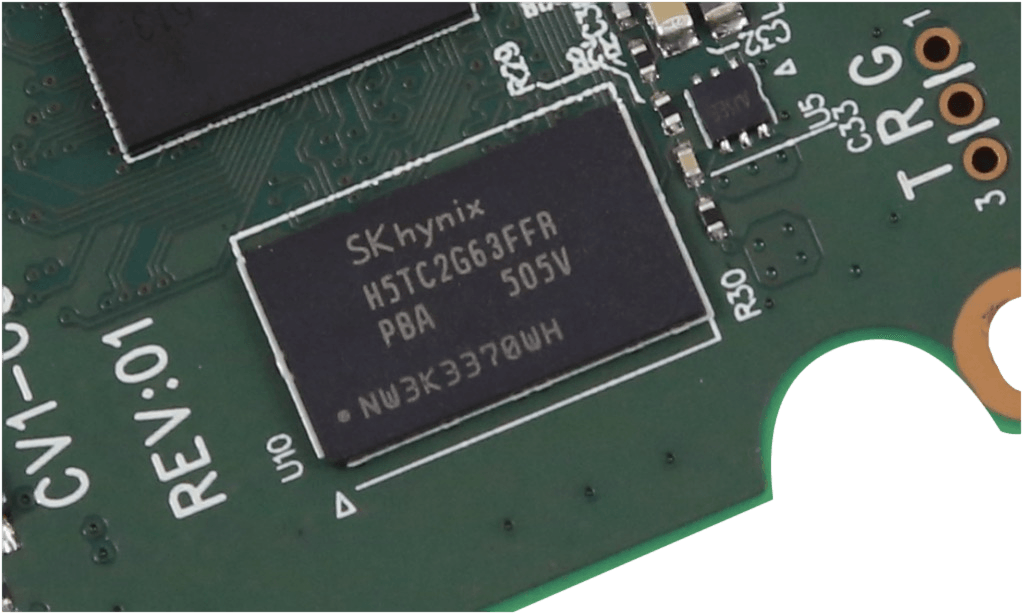Recently our big brother website, The SSD Review, posted an article outlining the standard performance of the Plextor M6V. The article looked at the throughput through your standard SATA 3 (6Gb/s) port, and if you take a read through the article you can see that this value oriented drive provided very consistent performance.
While we could sit here and regurgitate the information and details found in the previous article, we wanted to take things one step further. Today, we are going to look at PlexTurbo and how it changes the performance of the Plextor M6V.
WHAT IS A SOLID STATE DRIVE?
First things first, if you have never heard of a solid state drive before, or an SSD, then you may be in for shock as to how much time you have wasted waiting on your computer’s hard drive. To briefly explain, a solid state drive is a storage device that is found within your computer and will hold all of your data, including your operating system, pictures, videos and documents. The largest difference between your hard drive and a SSD is the fact that SSD’s increase your system’s speed immensely, never mind that they also come with a bunch of other features that make them far superior to that of a hard drive. If you are interested in learning more, then we encourage you to head over to take a look at the ‘Learning To Run With Flash’ series over at The SSD Review.
WHAT IS PLEXTURBO & WHY WOULD I WANT IT?
Let’s start with PlexTurbo, which you could compare to Samsung’s RAPID (Real Time Acceleration Processing of I/O Data) that is enabled through Samsung Magician. PlexTurbo basically enables the system to write to the DRAM for faster speeds and lower latency. This software is best utilized with programs that are used frequently, such as an Outlook PST file. The flip side of this is that the data is being saved to volatile memory (requires power to save data) as compared to non-volatile memory (doesn’t require power). An analogy; imagine if you were a chemist and you had a chemical mixture that was very fragile. If handled improperly you may lose that precious mixture. Where if you had a chemical mixture that was not as fragile, you may be handle it with less care.
On top of this PlexTurbo also automatically protects against loss of data from the RAM cache during a power interruption or unexpected system crash. It can extend the life of SSD flash memory via eliminated necessary NAND writes. It can also pre-load the latest data into the cache when you boot up your PC, as it attempts to save your time when reading and opening files. PlexTurbo can be used across multiple SSDs, up to a maximum of 16GB cache of system memory. What is also interesting is you can define how large you want your system cache to be (it is limited to 16GB/4hrs). PlexTurbo is currently available for the M6e (and Black Edition), M6e M.2 2280, M6 PRO, M6S and M6V.
SPECIFICATIONS & COMPONENTS OVERVIEW
We know we said we weren’t going to regurgitate the prior article, but it’s still important to briefly highlight what hardware we are working with. Here’s what we know: The M6V is available in three capacities: 128GB, 256GB, and 512GB. All three capacities are capable of sequential read speeds of up to 535 MB/s. In terms of write performance the 128GB can reach up to 170MB/s, 256GB can reach up to 335MB/s and 512GB can reach up to 455MB/s. If you’d like a bit more detail, take a look here.
The Plextor M6V features the SMI 2246EN controller and uses Toshiba 15nm MLC Toggle NAND flash (TH58TFG8DDLTA2D) with eight total modules found on only one side. This puts 32GiB of total NAND storage on each module. The DRAM module is located near the controller and is by SK Hynix.
Review Overview
Performance
Build and Components
Features
Pricing & Availability
Warranty
Blazing Speeds!
The Plextor M6V alone is a great entry level SSD, if you are looking for a storage option on a budget. Throw in PlexTurbo and you have the potential to reach some great theoretical speeds.
 Technology X Tomorrow's Technology Today!
Technology X Tomorrow's Technology Today!





